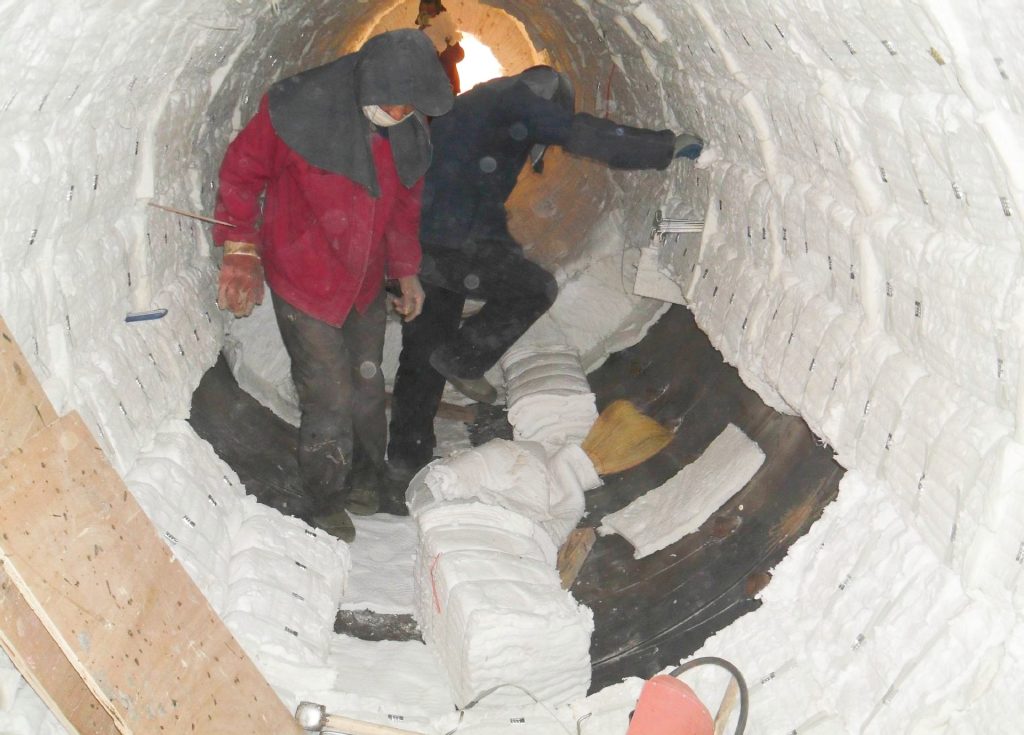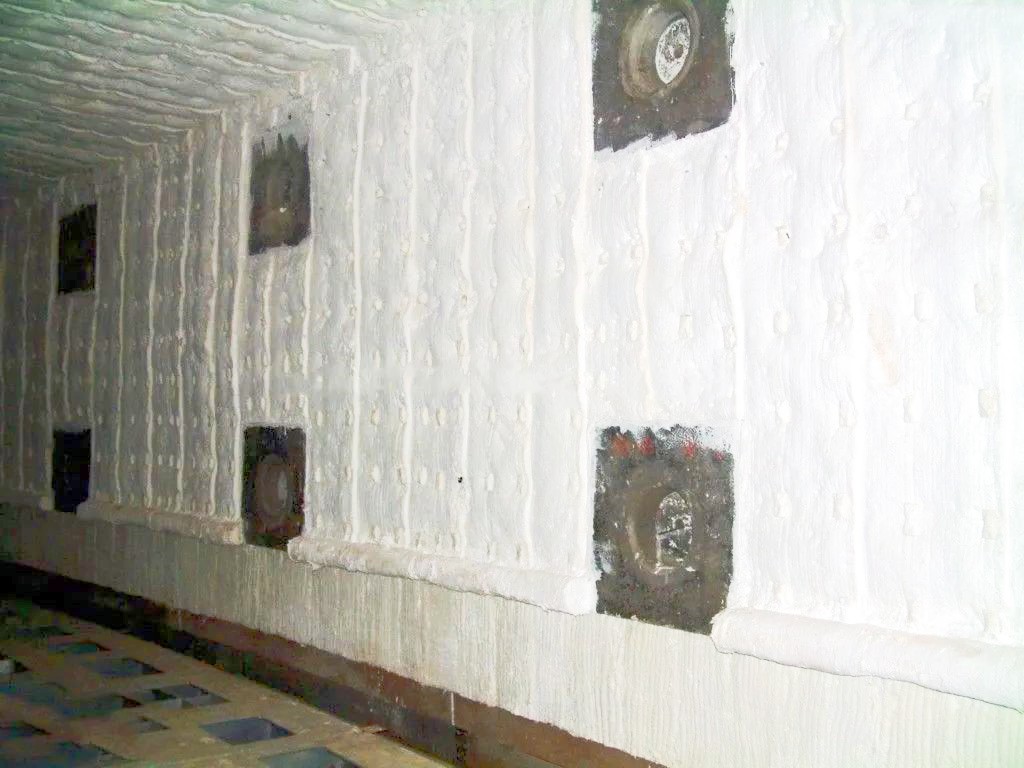The Importance of Installation and Construction of Ceramic Fiber Module
Table of Contents
The installation process and construction quality of ceramic fiber modules are the crucial first steps in determining the lifespan of refractory fiber linings. It is a highly significant aspect. If the chosen refractory ceramic fiber modules and other products are used at the correct temperatures according to design specifications, and if there is no mechanical or workpiece collision, most instances of damage or detachment of the refractory fiber lining (excluding corrosive atmospheres) are due to issues with construction quality or installation process.


Refractory fiber linings are usually left with a certain amount of pre-compression during installation. However, this can only address the issue of no gaps being left during room-temperature installation. As the fiber surface loses a certain amount of elasticity when heated, the remaining pre-compression cannot fully compensate for the occurring gaps.
The Importance of Ceramic Fiber Module Installation and Construction
1. Reduce the outer wall temperature of the furnace and minimize heat loss.
Compared to the previous refractory brick furnace walls, after the installation of ceramic fiber modules and refractory ceramic fiber linings, the average temperature and heat loss of the furnace wall exterior are significantly reduced, and the performance is stable, leading to a long service life. The significance of this is that the furnace temperature is stable, temperature zones are uniform, greatly improving product quality, enhancing the working environment for personnel outside the furnace, reducing maintenance frequency, and lowering labor costs.

2. Significant energy-saving effects.

The most direct economic benefit is the reduction of heat loss, which leads to lower fuel consumption and cost savings for businesses. After installation, there is no need for furnace drying, eliminating the time required for this process. Additionally, ceramic fiber modules are resistant to rapid heating and cooling, unaffected by furnace start-up, shutdown, or maintenance. With proper installation and maintenance, the average lifespan of the kilns is over 5 years

